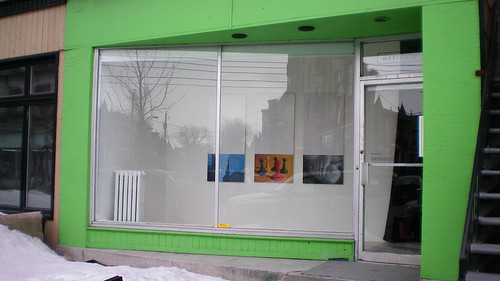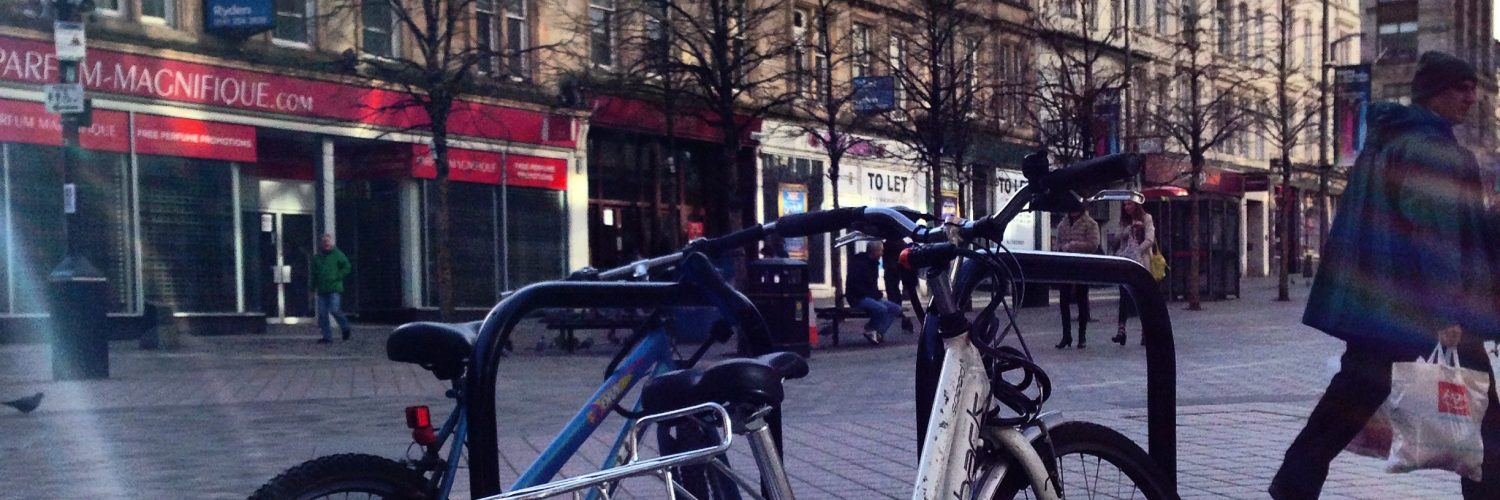Map of the City, Utopia’s Ghost

Galeria Articule, Montreal
Exposição “Map of the City” na Galeria articule mostra a cidade como um livro a ser lido, como um organismo vivo em plena transformação pela orgia de signos, objetos, mapas, imagens as mais diversas. A vídeo-instalação faz uma colagem de objetos, mapas, livros, inscrições da anitguidade, fotografias…tentando relacionar sua história, seus signos e símbolos passando ao espectador um patchwork de sensações (com sons e sequências de imagens fixas em duas telas). Essas sensações em muito se assemelham ao que experimentamos no quotidiano. A instalação propõe a imersão e o consumo de imagens como fazemos ao nos locomovermos pelo espaço urbano, ou seja sem prestarmos muita atenção, sem pensar ou interpretar o que nos interpela. O consumo que também nos consome sem nos darmos conta.
Sample da vídeo-instalação Map of the City, Nelson Henricks, articule, Montreal, 2008
Podemos ler no catálogo: “Nelson Henricks recent work Map of the City, is a two-channel video installation that explores the correlations between architecture and words. Initiated during a six-month residency in Rome, this work sees the city as a text environment, as a kind of library that requires both readers and writers. The video piece is a complex blend of text and images where mundane objects take centre stage, grow and multiply, creating small evanescent worlds for the viewer to actively consume. Map of the City is inspired by chapels and cathedrals, which act as three-dimensional, immersive representations of the Bible. Quotes from The Gospel of Thomas and The Bible are interwoven with original text, still photos and electronic soundscapes. The city is seen an accumulation of gestures and desires that outstrip the life of the individual, upholding the view of the city as a living organism.”
Sample da vídeo-instalação Map of the City, Nelson Henricks, articule, Montreal, 2008
Outra exposição que visitei na quinta-feira e que faz referência também à cidade é “Utopia’s Ghost” no Centre Canadien d’Architecture. A partir de cinco tópicos principais: “road to nowhere”, “(In) human Scale”, “Babel/Babble”, “Islands”, e “Worlds-within-worlds (Russian Dolls)”, os organizadores propõem re-interpretar o período pós-moderno, que decreta o fim das utopias, e rever seus novos fantasmas em projetos de Robert Venturi, Aldo Rossi, Arata Isozaki, Peter Eisenman, entre outros.

Foto do catálogo da exposição Utopia’s Ghost, CAC, Montreal
Podemos ler no site do CAC: “(…) The exhibition title wall features a photomural depicting the dramatic implosion of the high-modernist St. Louis housing project Pruitt-Igoe designed by the architectural firm Leinweber, Yamasaki & Hellmuth in 1950-54. This spectacular and much publicized demolition in 1972 marked not only a public expression of the failure of certain modernist ideologies embodied by the project, but could subsequently be interpreted as a moment of ‘birth’ for the postmodern period. According to Reinhold Martin, much of the architectural production of the past half-century has been haunted by the ghosts of modernist utopias: ‘the projects documented in the exhibition are understood as bearers of a latent discourse that contradicts the very same anti-utopian currents that many of these projects have been thought to represent.’
The exhibition draws attention to an uncanny presence of the modernist notions that had been declared dead. The reproductions and originals representing a selection of projects of the 1970s and ’80s take on the character of evidence assembled within five subject groups that trace a utopian afterlife: Babble/Babel, Islands, Roads to Nowhere, (In)human Scale, and Worlds within Worlds. In this reorganisation, the curators challenge the traditional understanding of postmodernism and offer a new framework for approaching the architecture of this period.(…)”

Still da vídeo-instalação Maps of the City, Articule, Montreal
A primeira exposição mostra, em vídeo e sons, o presente e a vida quotidiana na sua trágica dimensão do “aqui e agora”. A cidade é um livro a ser lido, um mosaico de imagens a serem consumidas com os olhos. A segunda exposição apresenta uma outra forma de ler a cidade e seu imaginário, lançando o olhar para o futuro. Maquetes, pinturas, desenhos mostram projetos que tentam concretizar novas dimensões da utopia, desse “não-lugar”, ou desse “lugar-ideal” presente desde os primórdios da aventura humana..
Não dá para não pensar em Barthes e seu ensaio sobre a cidade. Para Barthes a cidade nao é apenas um texto a ser lido, mas uma língua a ser falada. Sentimos isso quando conhecemos uma cidade (lemos e falamos a sua língua) ou quando somos estrangeiros ou turistas (e não sabemos nem ler nem falar e temos dificuldades para compreender o espaço a nossa volta). Barthes vai desenvolver uma visao erótica do espaco, partindo do raiz da palavra, da dimensao dionísiaca da vida (desejo, excesso, contato, jogo, violência). A cidade, para Barthes, é um lugar de jogo com o outro.
As duas exposições marcam essa dimensão erótica, a busca por essa língua a ser falada ou esse texto a ser lido, seja pela força dos objetos, das imagens e dos sons que nos envolvem (a primeira), seja pelas estruturas imobiliárias que criam o tecido urbano e impregnam o imaginário e nossa visão do futuro.
